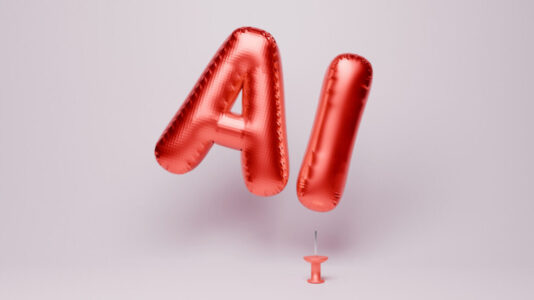New Advances in Bone Healing Technology: A Revolutionary Approach
Introduction
A groundbreaking innovation in medical technology may soon change the way fractures are treated. Researchers led by Dr. Lee have developed a “healing gun” that uses 3D printing technology to create bone implants that not only help heal fractures but also degrade safely in the body over time. This novel method shows promise in enhancing recovery times compared to traditional treatments.
Innovative Material Composition
The team identified a successful combination of materials for their healing gun: polycaprolactone and hydroxyapatite.
- Polycaprolactone is an FDA-approved, biocompatible thermoplastic known for its safe degradation within a few months post-implantation.
- Hydroxyapatite plays a crucial role in promoting bone tissue regeneration.
Dr. Lee emphasized that through rigorous experimentation with various proportions of these two ingredients, they produced a formulation that not only extrudes at a safe 60° Celsius but also offers mechanical stability and good adhesion to bone.
Promising Initial Results
The healing gun has undergone preliminary testing on rabbits, where it demonstrated superior performance in promoting recovery from femur fractures compared to standard bone cement, the most common current alternative. While the results are encouraging, Dr. Lee cautioned that further testing is essential before considering human trials.
“Rabbits treated with our healing gun recovered faster than those given bone cement,” Lee stated, acknowledging the need for additional development.
Challenges Ahead
Despite the initial success, several hurdles must be addressed. One significant issue is the slow degradation of the implant material, which hindered the complete restoration of bone tissue in the rabbit models. To tackle this, Dr. Lee plans to incorporate antibiotics into the formulation, allowing the implants to gradually release medication to prevent infections during the healing process.
Another critical challenge lies in the load-bearing capacity of the implants. Dr. Lee mentioned the necessity of using larger animal models to evaluate the long-term safety and efficacy of this technology in humans.
Skills and Precision Concerns
The operation of the healing gun raises significant concerns regarding the skill level required for its effective use. Unlike typical extrusion-based 3D printers that rely on guiding rods or rails for precision, the handheld healing gun lacks such mechanisms. This could pose challenges for skilled surgeons attempting to achieve the necessary accuracy in such delicate procedures.
Dr. Lee remarked on the learning curve inherent in using this device: “It is true that the system requires practice. We may need to integrate it with a guiding mechanism for precise positioning—this could be our next-gen bone printing device.”
Conclusion
The development of the bone-healing gun represents a significant advancement in orthopedic medicine, with the potential to improve fracture recovery times significantly. However, the pathway to widespread adoption is fraught with technical and procedural challenges that must be carefully navigated. As researchers continue to refine the technology and address efficacy and safety concerns, the future of this innovative treatment could redefine patient care in orthopedics. The careful balancing act of exploring its potential while ensuring precision and efficacy will be critical in determining its impact on medical practices in the years to come.









